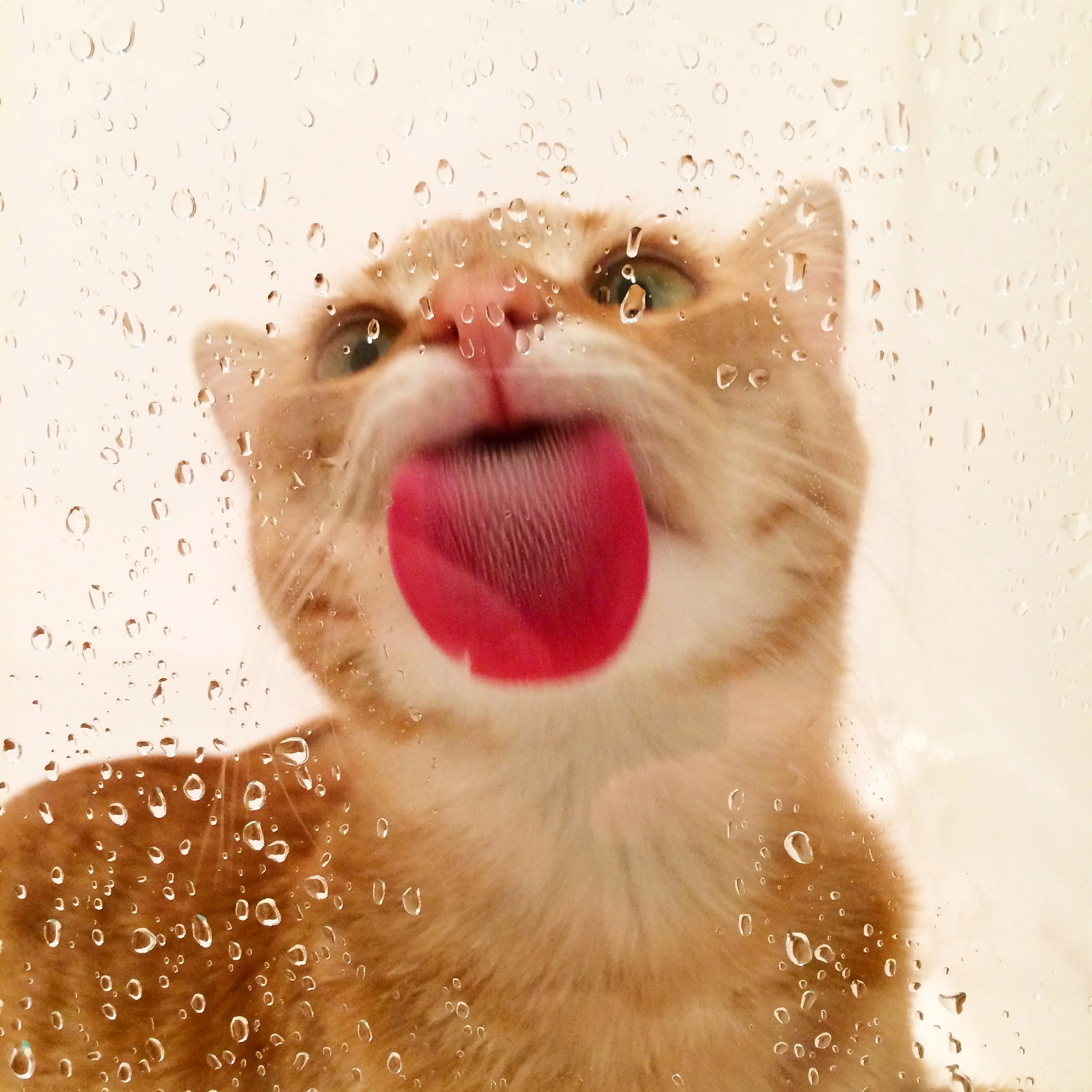Ok, so is there a pick and place machine that can place these accurately at scale?
Creating nano-PeLEDs, however, was no simple task. Perovskite materials are notoriously fragile and susceptible to damage during conventional photolithographic processes used to pattern LED displays. To overcome this, the research team developed a novel fabrication method involving lithographically patterned windows in an insulating layer. This technique protects the delicate perovskite material while preserving high image quality.
They’re creating a whole display panel, not individual components.
Right, so scale is limited to a wafer. Which probably makes sense because the super high resolution does not make sense for larger panels.
I would have expected them to be grown in place, are these really discrete components? Yeesh.
The article indeed shows/mentions a fabrication method with lithographic techniques. The question then is, can that technique scale to larger monitors or is that limited (by wafer size) to small screens, like those for VR-goggles? Perhaps the super high resolution does not even make sense in larger screen applications like monitors. That would require assembly of several ‘chiplets’ at great precision… probably cost prohibitive.
Imagine the processor powering that… even 8k at 32million pixels gets extremely intensive on processing power
16k resolution you are looking at over 100mil independent pixels





